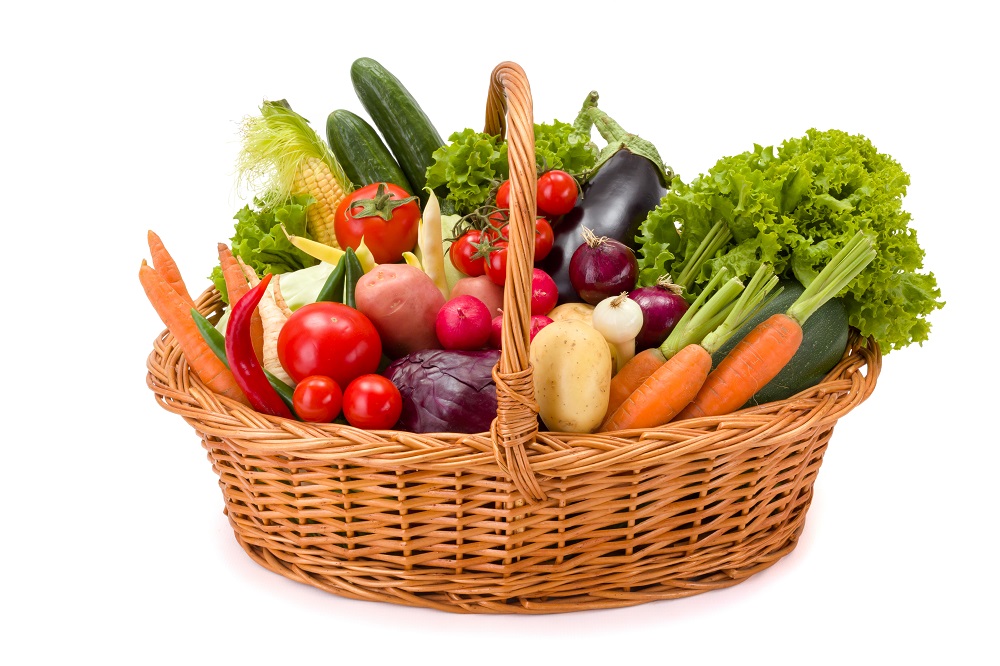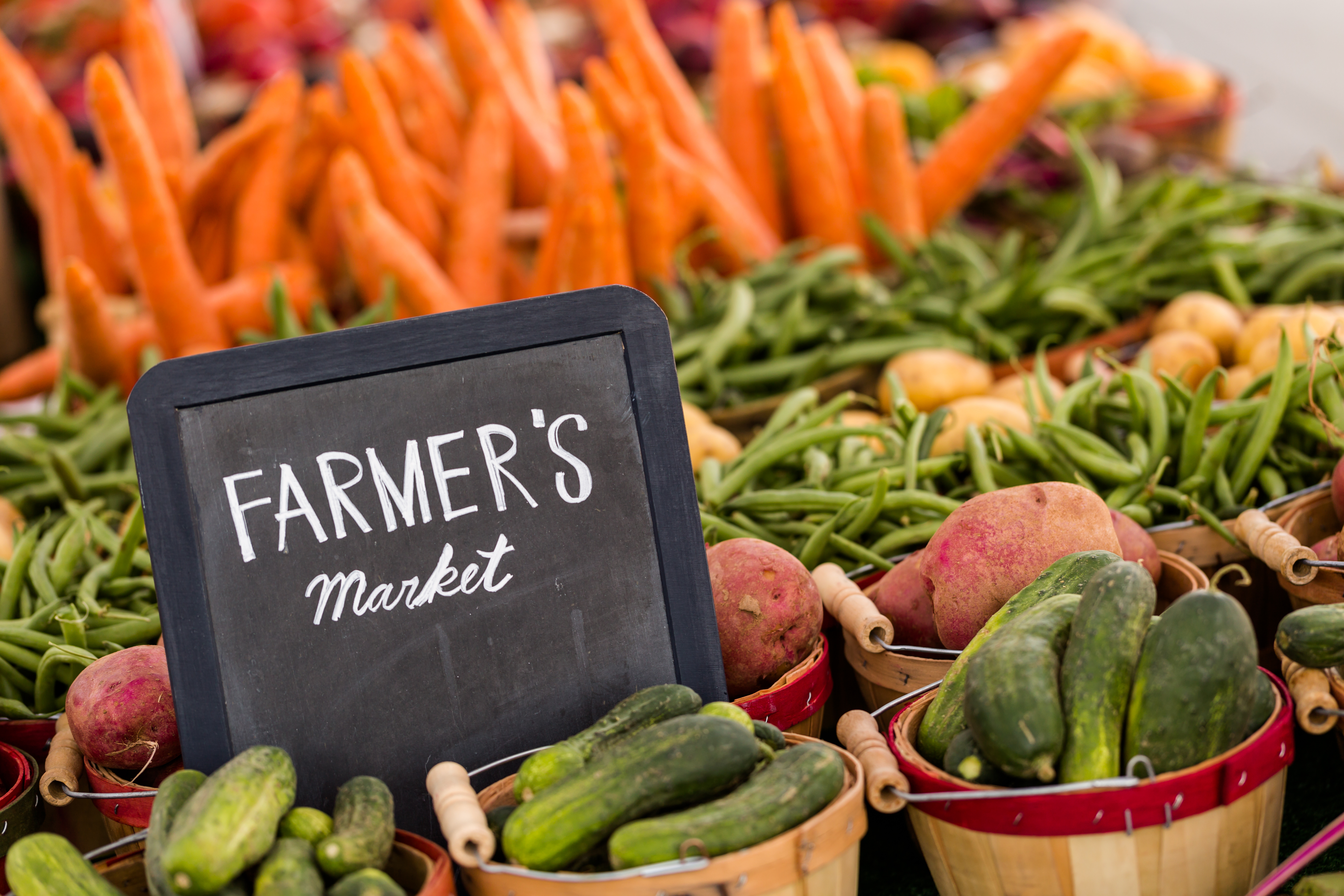A growing opportunity to reach new customers
By Ronda Payne
Consumers may think of farmers’ markets as folksy and charming—which they are on the exterior, given the tents, fun tablecloths and chalkboard signs often seen. But make no mistake, the BC Association of Farmers’ Markets (BCAFM) knows markets are important business tools for the farming community all across BC.
Wylie Bystedt is the relatively new president of the association, taking the role on in March 2016. With experience on the association’s board and in farming, she knows she can bring more positives to the markets many BC residents have come to expect. Vendors must “make, bake, grow or raise” everything sold at the market.
“The BCAFM makes a tangible difference for family farms and agriculture in the province of BC,” Bystedt says. “Numbers—in terms of members—have gone up every year.”

Members of the BCAFM are markets throughout the province and the organization is dedicated to seeing those markets thrive. The numbers speak for themselves: in 2014 there were slightly less than 120 BCAFM member markets, 2015 rose to 125 and the 2016 season has 135 members.
Not only are the number of member markets up, but the contributions these markets make to the economy are also growing significantly.
“We’re also seeing more farmers at the markets, so larger markets,” notes Bystedt. “We did a huge study in 2012… there was a contribution in excess of $170 million to the provincial economy.”
The dollars keep climbing. Bystedt pegs it in excess of $200 million currently—and growing.
While each market is run independently and has its own way of doing things, the majority run from May to early October and encourage interested vendors to get in touch in the early spring to see if spots are available. There may be drop-in spots and most markets accept applications year round, so it’s best to check with the specific market’s organizers.
For those farmers thinking there might already be too many produce vendors at their preferred market, the BCAFM member market survey found that more than 93 per cent of markets need more farm vendors. The most needed products are cheese, nuts, fruit, vegetables and chicken.
Plus, attending a market doesn’t just help a farmer’s bottom line; it helps form its own community.
“Markets are important because obviously, at the basic level, we are supporting locally grown, in-season food,” Bystedt says. “It also provides a way to introduce a greater variety to people.”
Because of the nature of a farmers’ market, the purchaser often speaks directly to the grower. This gives the farmer the opportunity to discuss new items that might go unnoticed on a shelf. Through this relationship shoppers will feel more confident asking growers for different produce, providing yet another opportunity.
“We can be more responsive,” notes Bystedt of the ability for growers to incorporate different options into their lineup. “It’s still a fairly low cost for business exposure and market response is pretty immediate. For someone who is looking for a new and interesting vegetable—quite likely you’ll find a farmer who is willing to take that on and grow that.”
Obviously, to be successful at the market, farmers need to be willing to talk to people. This isn’t everyone’s cup of tea so it should be considered carefully before signing up.
“For the most part, farmers [at the markets] are passionate about what they’re doing and want to share that,” she says.
 Regular attendance is also important.
Regular attendance is also important.
“People begin to not only expect you at the market but expect you in the same place,” she adds.
Signage that conveys the farm name (and location), products and pricing are critical—and Bystedt recommends sampling to encourage visitors to try new things.
Farmers ready to put their products on sale will need to fill out a vendor’s application which varies significantly from market to market. The table fees also vary, running from $5 to $50 for the day and some base their rate on gross sales (i.e. 10% of sales will be paid to the market for the space). Some markets offer a reduced rate if the entire season is booked at one time.
A few fine points to keep in mind are: all aspects of a display (including the tent and tables) are the responsibility of the vendor; make your displays attractive, eye-catching and helpful; ensure you have liability insurance to cover customers in the market booth; staff may be restricted, so check with the market before sending someone out; and claims of organic may require proof of certification. Plus, there may be food safety requirements, depending upon the types of products being sold.
A farmers’ market is definitely a wonderful, friendly environment. Get to know the ins and outs of the business side of things to be ready to make the most of it.
Helpful links:
BC Association of Farmers’ Markets
Food Safety: www.bcfarmersmarket.org/resources/subpage/health-and-safety












